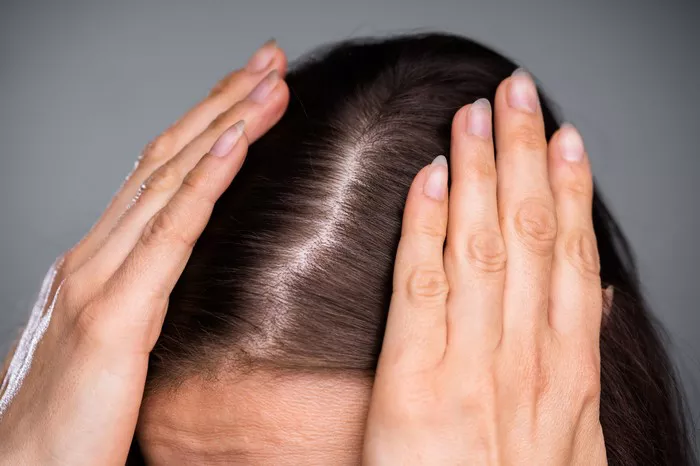Hair follicle transplantation is a surgical procedure that involves relocating hair follicles from a donor area to a recipient area where hair loss has occurred. This procedure is highly effective for restoring hair growth and improving the appearance of balding or thinning areas. Understanding the process of hair follicle transplantation can help you make an informed decision about this life-changing procedure.
Understanding Hair Transplant Surgery
Hair transplant surgery is a medical procedure that moves existing hair follicles from one part of the scalp to another where hair is thin or absent. The surgery is typically performed in a doctor’s office and can take several hours, depending on the extent of the transplant. The success of the procedure relies on the principle of “donor dominance,” where hair follicles taken from the donor area maintain their characteristics and continue to grow in the new location.
Key Steps in Hair Follicle Transplantation
Consultation and Evaluation
The first step in the hair transplant process is a thorough consultation with a hair restoration specialist. During this consultation, the surgeon will evaluate the extent of hair loss, discuss medical history, and set realistic expectations for the procedure. This assessment helps in creating a personalized treatment plan, outlining the number of grafts needed, the technique to be used, and the expected outcomes.
Donor Area Preparation
The donor area is typically the back or sides of the scalp, where hair is genetically resistant to balding. Before the procedure, the donor area is shaved and cleaned to prepare for follicle extraction. The surgeon will then administer local anesthesia to ensure comfort during the extraction process.
Follicle Extraction
There are two primary methods for extracting hair follicles: Follicular Unit Extraction (FUE) and Follicular Unit Transplantation (FUT).
FUE: In this minimally invasive technique, individual hair follicles are extracted using a specialized punch tool. FUE leaves tiny, almost invisible scars and allows for faster healing. This method is particularly ideal for patients looking for natural results with minimal downtime.
FUT: Also known as the strip method, FUT involves removing a strip of scalp from the donor area and dissecting it into individual follicular units. While FUT can leave a linear scar, it allows for the extraction of a larger number of grafts in one session.
Graft Preparation
After the follicles are extracted, they are meticulously prepared for transplantation. This involves sorting the grafts based on size and quality, hydrating them in a special solution to maintain viability, and trimming any excess tissue to enhance suitability for implantation.
Recipient Site Creation
The recipient area, where hair growth is desired, is prepared by creating tiny incisions or recipient sites. The pattern and angle of these incisions are crucial for achieving a natural-looking result. The surgeon’s expertise plays a crucial role in ensuring a natural and aesthetically pleasing outcome.
Graft Placement
The prepared hair follicles are carefully inserted into the recipient sites one by one, following the natural angle and direction of the existing hair. This meticulous process ensures a natural-looking and aesthetically pleasing result.
Post-Operative Care
After the procedure, the medical team will provide detailed instructions on post-operative care. This may include guidelines for washing your hair, avoiding certain activities, and using prescribed medications. Proper aftercare is essential for a smooth recovery and optimal results.
Choosing the Right Technique
Both FUE and FUT are effective hair transplant techniques, but they have different advantages and limitations. FUE is generally preferred for its minimal scarring and faster recovery time, while FUT may be suitable for patients needing a larger number of grafts in one session. The choice between the two methods depends on individual factors such as donor hair availability, scalp laxity, and personal preferences.
Conclusion
Hair follicle transplantation is a highly effective solution for hair loss, offering natural-looking and long-lasting results. The process involves careful extraction of hair follicles from the donor area and their precise placement in the recipient area. By understanding the steps involved and choosing the right technique, patients can achieve significant improvements in hair density and overall appearance. Consulting with a qualified hair transplant specialist is essential to determine the best approach for your specific needs and to ensure the best possible outcomes.
Related topics:
- How Many Hair Follicles Can Be Transplanted in a Session?
- What Makes Hair Follicles Stronger?
- How to Restore Dead Hair Follicles?


